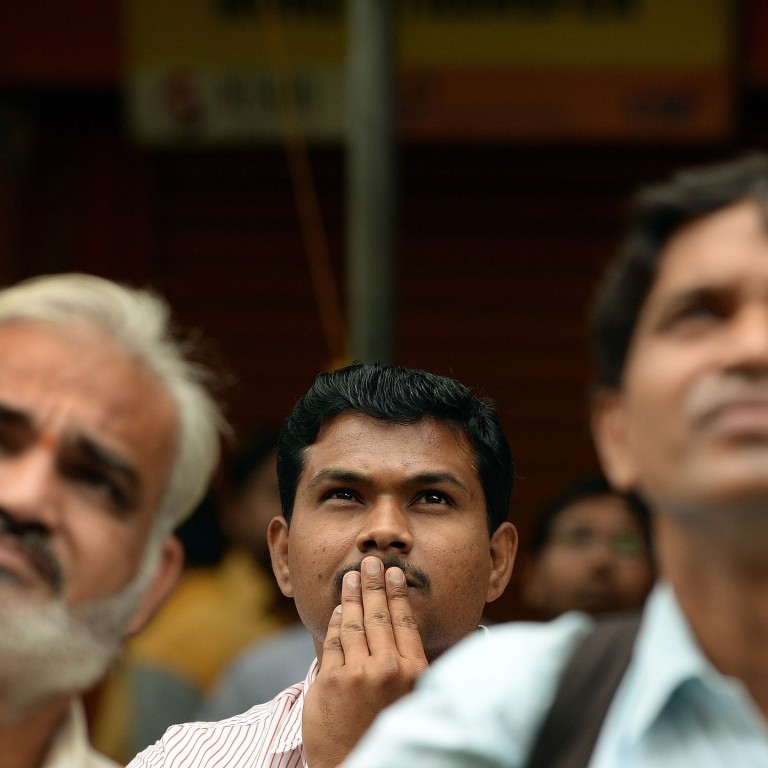
India's advances in decentralised growth hold lessons for the rest of Asia
Andrew Sheng says its measures to raise local government revenues have advantages for large bureaucracies
The three population giants in Asia - China, India and Indonesia - have now in place three leaders who are deeply committed to reforms - namely Xi Jinping , Narendra Modi and Joko Widodo. What is remarkable is that all three share a common background and experience in governing cities or provinces away from the central government. They represent a new generation that understands the importance of bottom-up and decentralised development.
Large countries like China, India and Indonesia all face the problems of large populations and dispersed geography, with different parts of the country at different stages of development, diverse cultures, languages/dialects and historical outlook. Hence, centralisation may add to national cohesion, but may also slow the ability of different regions and cities to experiment and innovate to become new growth poles and agents of change.
All three have histories of strong central governments, but the Chinese experience has shown that competition between provinces and cities has helped the growth process, but also created new problems.
Both China and India have, since 1949 and 1947 respectively, had very strong planning backgrounds, but one of the first acts of Prime Minister Modi was to dismantle the Indian Planning Commission (established in 1950). In its place, Modi has set up the National Institution for Transforming India, which will include chief ministers from the various states to reflect the shifting power balance.
China coordinates national development through a powerful National Development and Reform Commission, which ensures that the five-year plans (and annual budgets) at every level of government are consistent with the national plan.
Although India's gross domestic product and per capita income are roughly one-quarter of China's, the speed of India's GDP growth has been rising, whereas that of China is slowing. With much more favourable demographics and benefiting from abundant cheap labour and opening up, some analysts think India's growth rate will exceed that of China sometime before 2020.
Modi clearly has a vision and mission for India to catch up with China in almost every aspect of economic development.
Much will depend on his leadership to drive through reforms that were previously stalled for various reasons, one being the formidable Indian bureaucracy.
At the heart of the centralisation-decentralisation debate is the extent to which local governments have the revenue and power to decide on their own where and how to deploy resources to best "fit" their own development targets.
The Indian government inherited its civil service structure from the British but some interesting institutional innovations deserve closer examination, for adaptation in other developing countries facing similar problems of fiscal management. One is the Finance Commission, an independent body of experts to advise the government (including the provincial governments) on how to raise revenue and share it.
The 14th Finance Commission recommended new ways to raise state and local government revenue, either through municipal bonds, increasing tax rates and/or imposing tax on new sectors.
The latest Indian budget adopted many of the commission's recommendations, aiming to increase revenue and infrastructure expenditure. For example, like Singapore, India will impose an additional 2 per cent surcharge on the ultra-rich and more taxes will be imposed on the mining sector and public utilities.
In a break with the past practice of favouring central government control of revenue, the Finance Commission recommended that the states should have a 42 per cent share of central government tax, a 10 percentage point rise on that previously.
As an institutional innovation, the Finance Commission model has four clear advantages for the management of large government bureaucracies. First, it is professional and meritocratic. Second, the workings of the commission are transparent. Third, the process of the commission's work improves accountability and the rule of law in due process. Fourth, and perhaps in the interests of political process the most valuable option, there is "deniability": the government does not have to accept all the commission's recommendations.
There is no doubt that the competition for growth and development between China, India and Indonesia will drive innovation and new avenues of change in Asia. The Asian region has much to learn from each other's strengths, experience and also mistakes. Asian institutional innovations, many of which were borrowed from elsewhere, have helped innovation and growth across the board, to the benefit of all.

